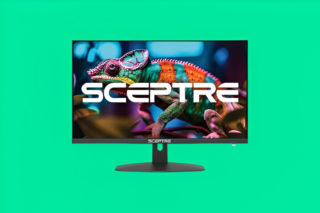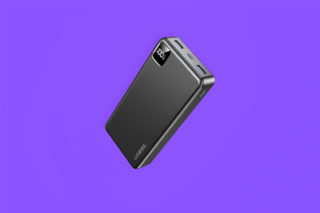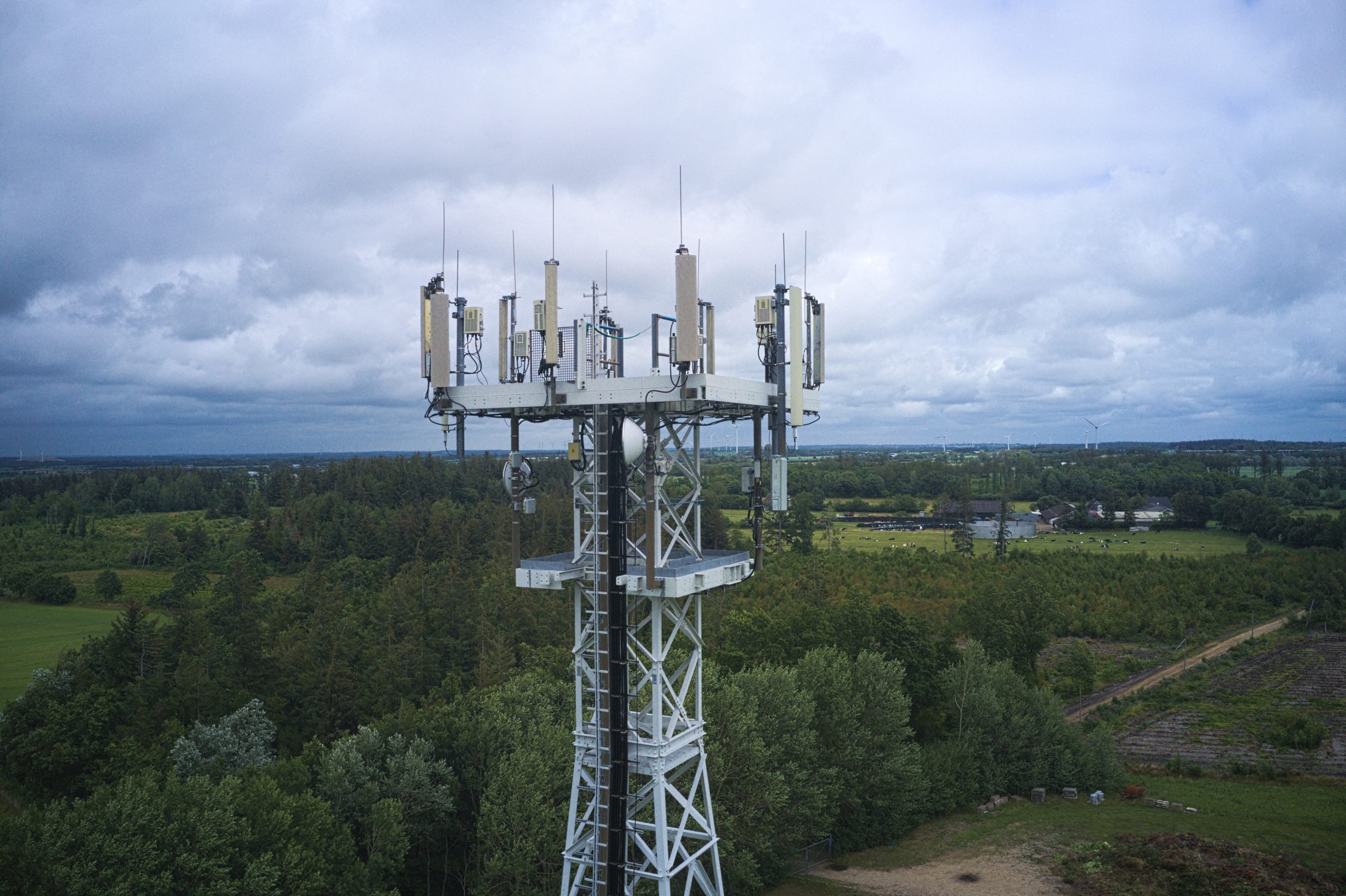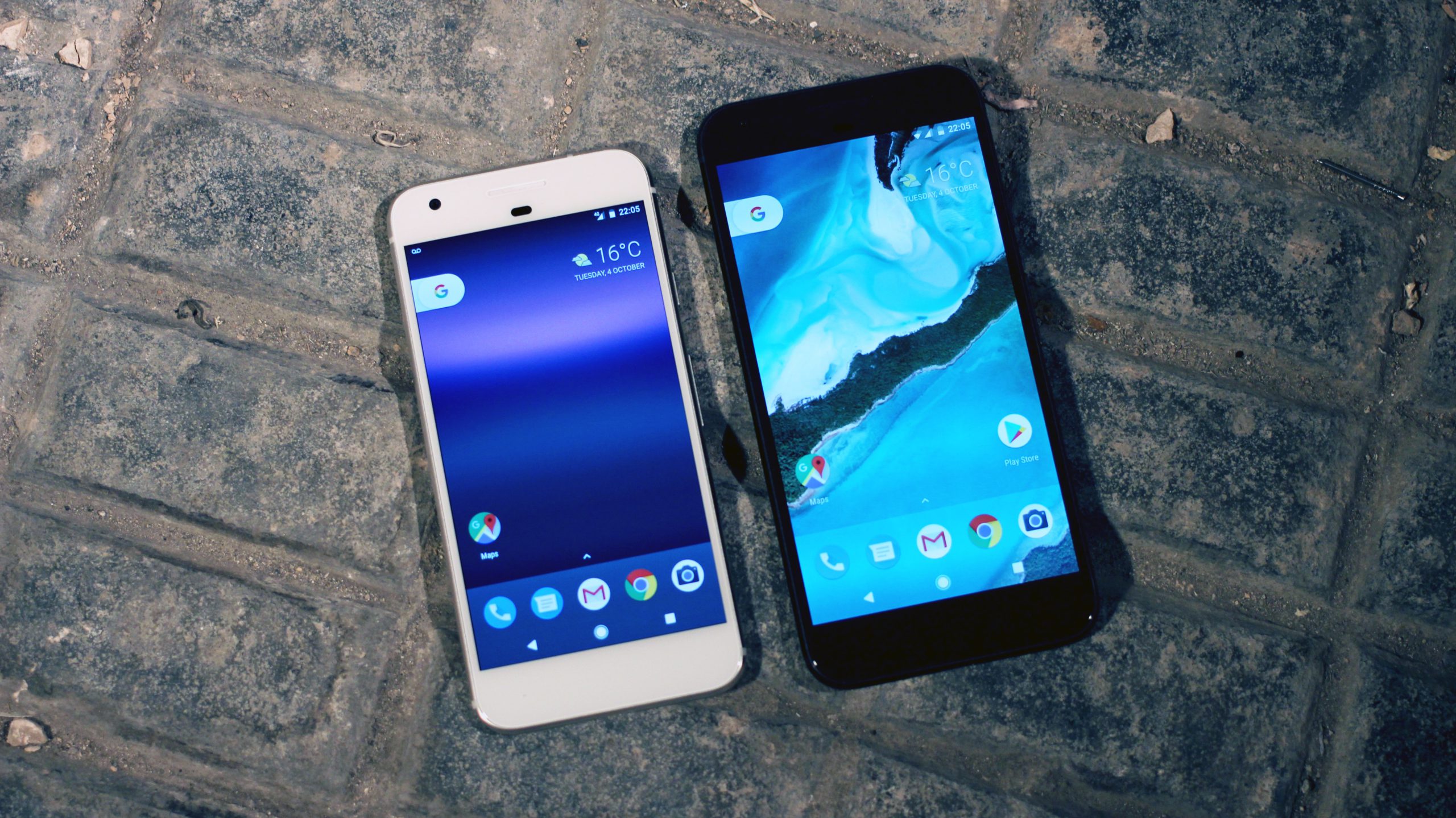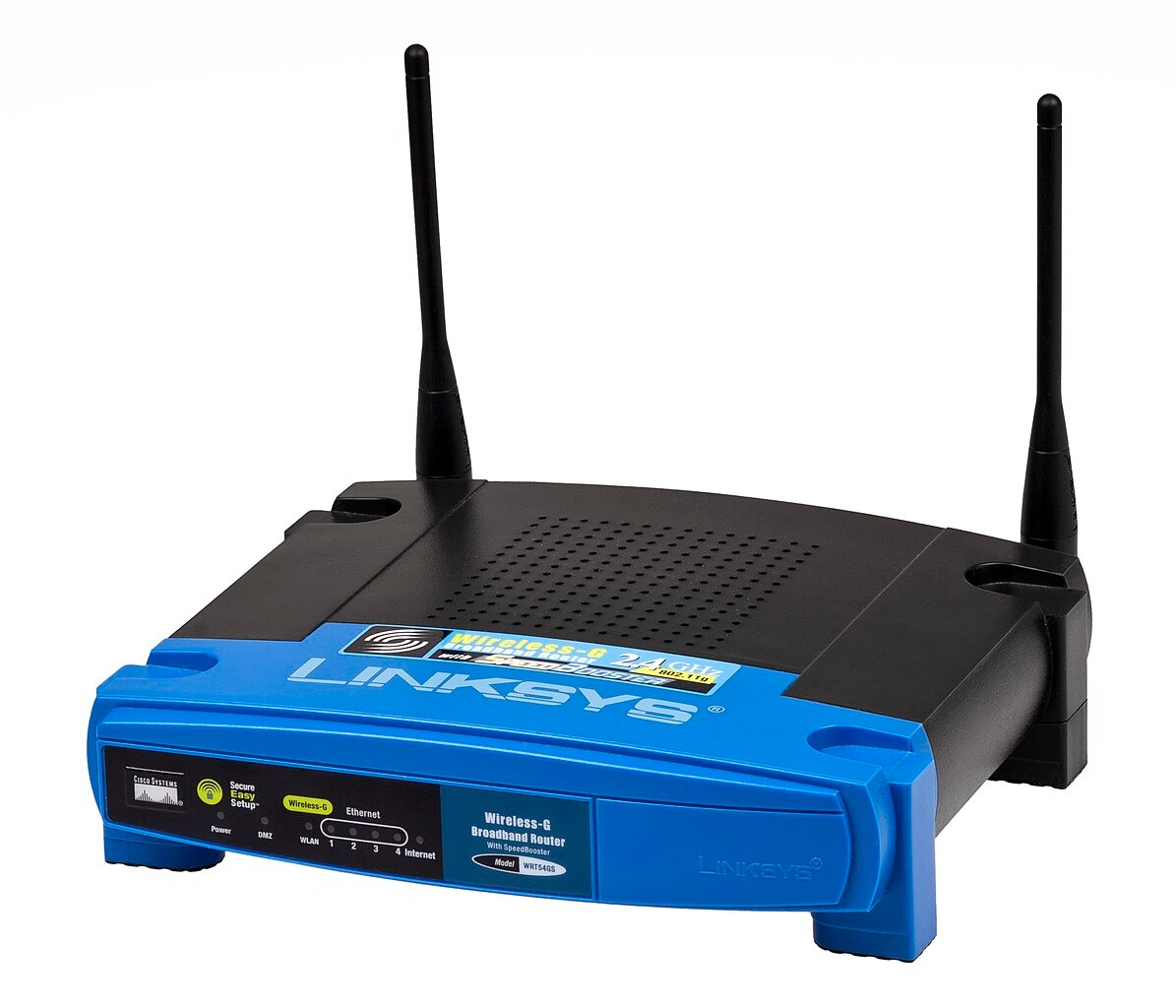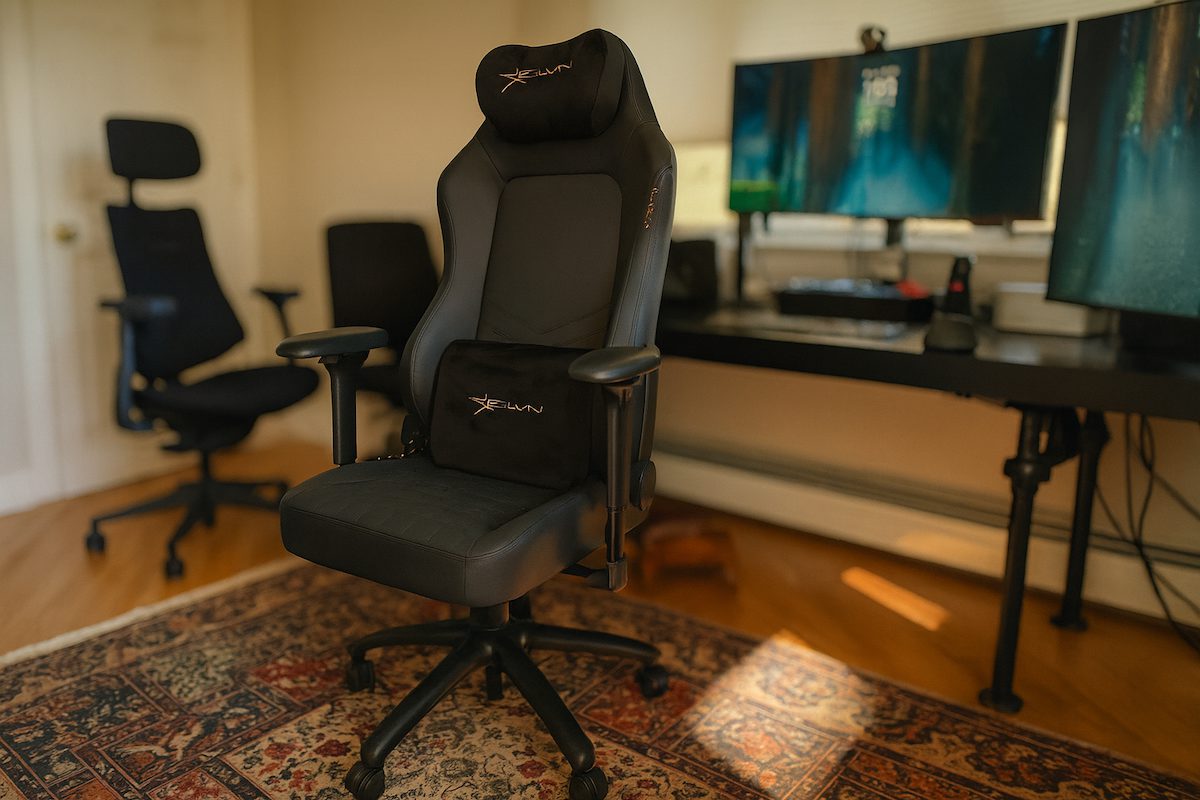In a surprising shift from its usual strategy, Google has launched its newest AI video generation technology on Honor smartphones rather than on its own Pixel devices. The feature, which transforms static images into short video clips, launched exclusively on the Honor 400 and 400 Pro—breaking from Google’s tradition of reserving its latest innovations for its in-house hardware.
The partnership, according to The Verge, gives Honor users free access to Veo 2 through the Gallery app for two months. This arrangement feels as unexpected as when Netflix suddenly dropped all episodes of “Stranger Things” on a random Tuesday—Google typically saves its best tech for Pixel phones first.
Veo 2, nestled within Google’s Gemini AI ecosystem, converts still photos into eight-second video clips. While Google One AI Premium subscribers can access similar features through Whisk, Honor users scored the premium package—they can animate existing photos while Whisk users can only transform images created within the app itself.
The tech shows impressive potential, turning musician photos into mini performances. But like that experimental recipe you follow exactly but still turns out weird, early users have encountered some hilarious glitches. Your car might rotate like it’s competing on “Dancing with the Stars” while its wheels remain completely static.
Despite these quirks, Veo 2 represents a significant upgrade for content creators everywhere. Honor 400 owners can transform last night’s concert photos into videos, making it look like they weren’t actually scrolling TikTok the entire show. Both companies capped usage at 20 videos daily, with subscription plans looming on the horizon.
The decision to launch with Honor—about as common in the U.S. as working office printers—suggests Google is hungry for international growth. Honor has built substantial market share in Asia and Europe since its 2020 breakup with Huawei. This partnership could help Google gain traction where its hardware struggles, though its core services remain blocked in mainland China regardless of what phone you’re holding.
This unexpected strategy has certainly created buzz in tech communities, with online discussions highlighting the surprise many Pixel enthusiasts felt at seeing cutting-edge Google features debut elsewhere. The move represents a notable shift in Google’s typical product rollout strategy.
Industry analysts believe Google’s next Pixel devices will eventually get the feature, possibly with improvements based on Honor user feedback. This partnership highlights how smartphone competition has evolved. Remember when phone companies just competed by adding more megapixels every year? Now they’re battling in the AI arena instead, turning your still images into mini-movies that blur the line between photography and videography.





